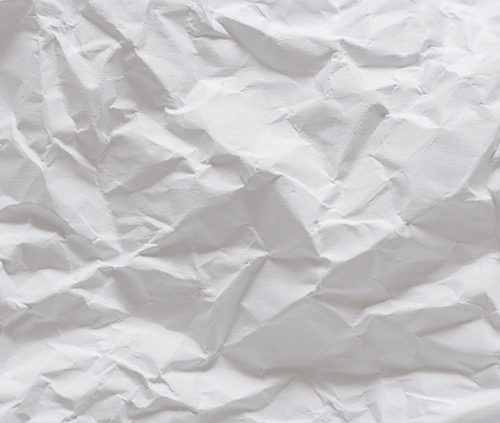The Writing on the Wall
“The Writing on the Wall: Graffiti, Poetry, and Protest in Egypt,” an essay by Andy Young (poetry, ’11) appears online at The Los Angeles Review of Books.
THE FACE OF 19-year-old Khaled Said, the catalyst for Egypt’s January 25 uprising, is stenciled all over Egypt. But if you walked down Mohamed Mahmoud Street, which ends in Tahrir Square, you would see his mutilated face after he was beaten to death by cop thugs. Beside his face, the artist Ammar Abo Bakr also depicts the disfigured images of other victims, including the young Shenouda Noshi Atteya, one of the 28 killed in the Maspero Massacre of October 2011, in which peaceful protesters, mostly Coptic Christians, were killed by the army.
The faces depict the fallen of Egypt’s revolution, a revolution that continues two years after Hosni Mubarak’s departure in February 2011. Mubarak’s regime was first replaced by the regime of the armed forces, and then by the current, increasingly repressive Muslim Brotherhood. These are the faces of the moment.
That the fallen are called “martyrs” — and that they are Muslim, Christian, secular — speaks to an idea that transcends religious boundaries and celebrates the loftiness of the revolution’s goals: bread, freedom, and social justice. In early 2013, Egypt’s graffiti is decidedly realistic, bloody, and brutal, reflecting the reality of a continuing struggle that has claimed, among other things, the lives of more than 2,000 people: Alaa Awad’s murals draw inspiration from pharaonic murals in his native Luxor; Ammar Abo Bakr’s sad-eyed mothers of martyrs hold the images of their departed to their breast; Omar Fahmy replicates Mubarak’s face on the bodies of Central Security Forces.
Could you peel the paint back to the layers beneath, you’d see a palimpsest of the country’s moods and reactions to the various guises of power. Graffiti is the expression of the revolution, its periodic whitewashing an attempt to erase memory or assign blame, its persistence a symbol of stubborn resistance.
If the walls are the book and graffiti the revolution’s message, poetry is a visible part of that telling. “There is a martyr inside me” reads one image, the “me” being the writer/painter, or perhaps the reader. Lines from Tunisia’s Abu al-Qasim al-Shabbi’s poem “The Will to Live” are often scrawled here: “When the people demand freedom / Destiny must surely respond.” As translator Elliott Colla points out in “The Poetry of Revolt,” his article on Jadaliyya responding to the 2011 revolution: “The poetry of the streets is another form of writing, of redrafting the script of history in the here and now — with no assurances of victory, and everything in the balance.” …[Keep Reading]…



